Hammer Horror at its Finest: The Revenge of Frankenstein (1958)

The Curse of Frankenstein was Hammer film productions’ first foray into Gothic horror in 1957. With its huge success came a revival of this brand of horror that was first made commercially successful from the 1930s to the 1950s, by Hollywood studio Universal. British production company Hammer based much of their output on the iconic screen monsters made famous by the American studio, but they would make gorier affairs for shock value. They resurrected Dracula a year later in 1958’s The Horror of Dracula, continued with 1959’s The Mummy, and 1962’s The Phantom of the Opera. The Frankenstein, Dracula, and The Mummy franchises would spawn many sequels.
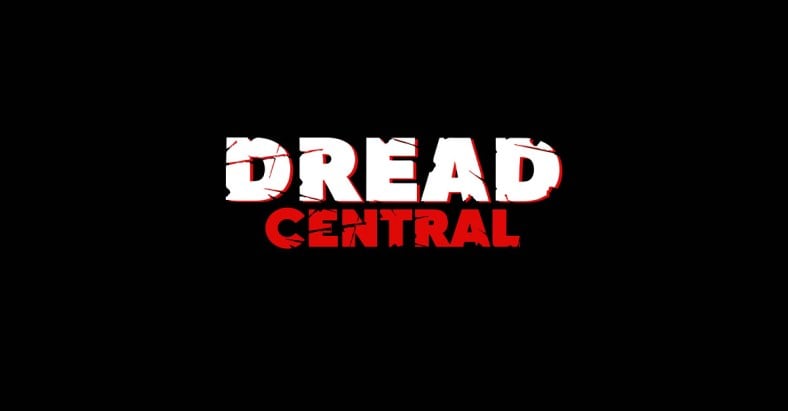
The very same year Christopher Lee donned Dracula’s cape for the first time under the helm of Terence Fisher, the director would shoot back-to-back with it The Revenge of Frankenstein – the sequel to his first ghastly adventure starring Peter Cushing as the evil doctor Baron Victor Frankenstein, who brilliantly reprises his role here.
What sets apart Hammer’s Frankenstein series to the earlier Universal franchise is that the real recurring antagonist is the doctor and not the monster; Universal’s take was to have the original creature constantly come back with new doctors, but here the doctor returns creating new creatures. Because of Hammer’s approach, Cushing’s Dr. Frankenstein would go on to become one of the most memorable villains in cinematic horror history, and the majority of the entries in the series were uniquely inventive. The original film’s writer Jimmy Sangster creates a very different story for The Revenge of Frankenstein to his first, and it is a splendid companion piece ranking high up there with the franchise’s other best additions – its predecessor, Frankenstein Created Woman (1967), and Frankenstein Must Be Destroyed (1969). It is also the best sequel in respect of continuity, as it picks up right from where the previous film left off.
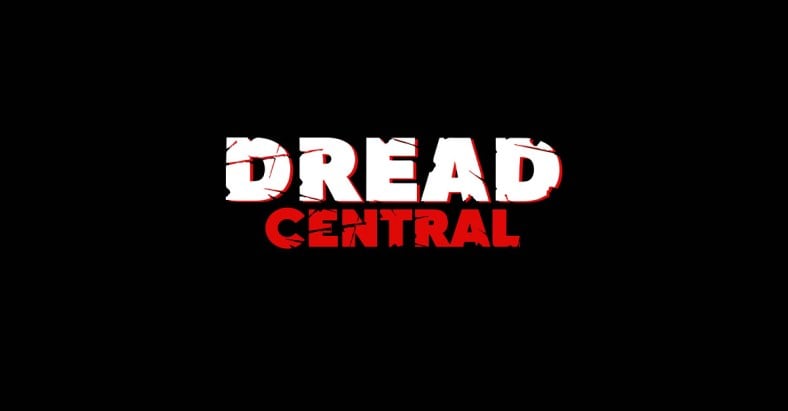
In the prologue, Frankenstein has been sentenced to death for his crimes in the last installment, but he escapes the guillotine with the help of the deformed hunchback Karl (Oscar Quitak). They have the priest overseeing the execution beheaded instead, and have his body buried in Frankenstein’s place. Three years later, Frankenstein has relocated to Carlsbruck, assuming the identity of Dr. Stein, and has become a successful physician attending to not just the wealthy, but also to the poor at the paupers’ hospital. He attracts the attention of the medical council, as they are jealous of him for taking their patients, and are infuriated that he has shunned them.
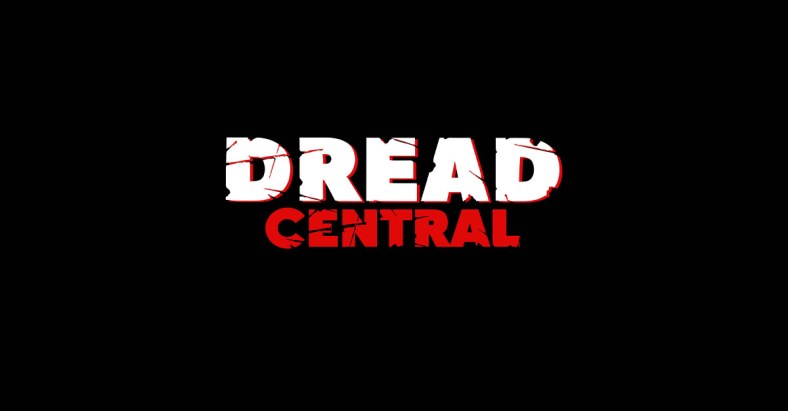
A young council member, Dr. Hans Kleve (Francis Matthews), recognizes Frankenstein, and blackmails him so he can become his apprentice to gain his valuable knowledge. Along with Karl, Hans helps with Frankenstein’s experiment in pursuing the creation of an artificial brain. When concluding that this procedure is futile, Frankenstein decides instead to transplant a living brain into a new body assembled from the body parts of his deceased patients. The luckless deformed hunchback Karl willingly volunteers his brain, in the hope of having a new healthy body in peak physical condition, and a chance at happiness with a better quality of life.
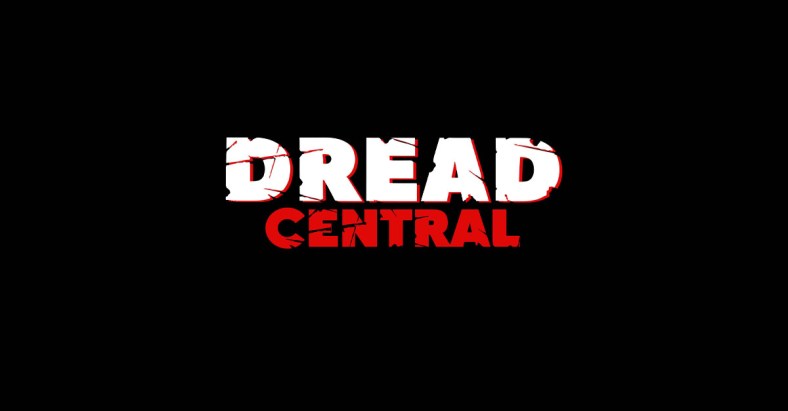
Peter Cushing shows off his superior acting skills with his portrayal of the evil Frankenstein at its most complex, as Sangster’s screenplay is lavished with strong characterization. With a cunningly contradictive personality, Frankenstein uses his communication skills to best suit his needs, as he strives to fulfil his obsession of perfecting the creation of a human being; he shows a subtle unassuming nature. He hides his disdain for his elite medical peers of the council by being very polite to them, as so not to attract any more unwanted attention from them other than their jealousy, which might interfere with his experiments and expose his identity. On the surface, he appears to want to take care of his poverty-stricken patients. However, his practice is just a front, as he uses it as a way of getting a continuing supply of body parts. He does show though a great genuine concern for his two partners, especially towards Karl, as he wants to repay him for saving his life. Compared to his mean spirited performance in The Curse of Frankenstein, Cushing is more sympathetic here.
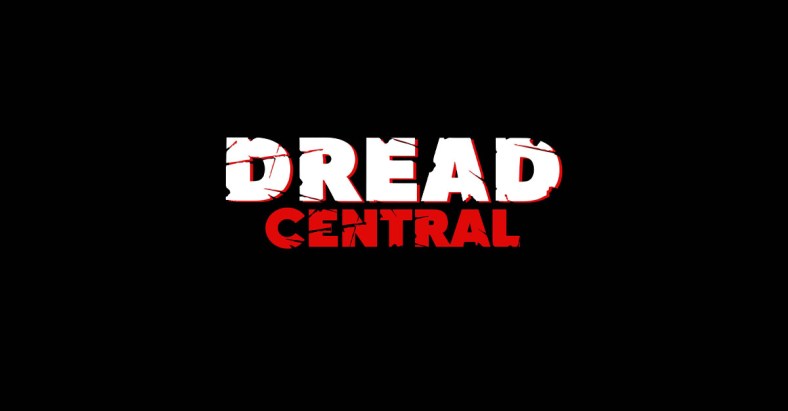
The other two standout performances are Quitak as the deformed dwarf Karl, and Michael Gwynn playing the same character in Karl’s new body. When the transplantation of Karl’s brain into his handsome new body proves an initial success, we are saddened by his panic-stricken reaction to the news that he will become a medical marvel, and that people from all over the world will want to come and see him. Frightened by this, as he has had people stare at him his whole life and he only wants to live a normal life, he escapes the hospital. He goes to Frankenstein’s laboratory, and destroys the evidence by burning his old body in a furnace. A drunken caretaker discovers Karl, and attacks him thinking he is a burglar. After many severe blows, Karl develops brain damage that results in him turning homicidal, and he kills the caretaker.
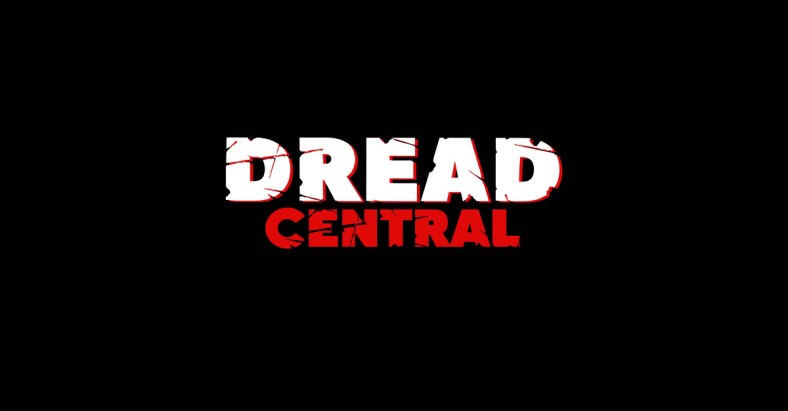
He also develops a hunger for cannibalism, a side effect of his brain transplant that also happened to the caged chimpanzee in Frankenstein’s laboratory, of which Karl was a witness. Another side effect the primate had was that his brain could not forget how the previous body functioned; Karl himself starts to experience problems with his arm and leg, which was the same great difficulties he had with his previous body, and his deformities start to return. He also commits another murder. None of Frankenstein’s creatures in Hammer’s series has drawn as much sympathy from us as his creation here; Karl is a truly tragic figure, and the performances of Quitak and Gwynn really tug on our heartstrings.

There are some truly memorable scenes of drama. There is the unforgettable moment when Gwynn’s Kyle comes bursting through a ballroom window, crying out “Frankenstein, help me!” that exposes Dr. Stein for who he really is. Fisher also employs the stylistic traits of color schemes transcended from The Curse of Frankenstein. The cinematography, set designs, and score are of the usual high standards of a Hammer production. As the film was shot back-to-back with The Horror of Dracula, the same sets were used; Dracula’s crypt is Frankenstein’s surgery, and the exterior of Dracula’s castle became Frankenstein’s laboratory on the outside.
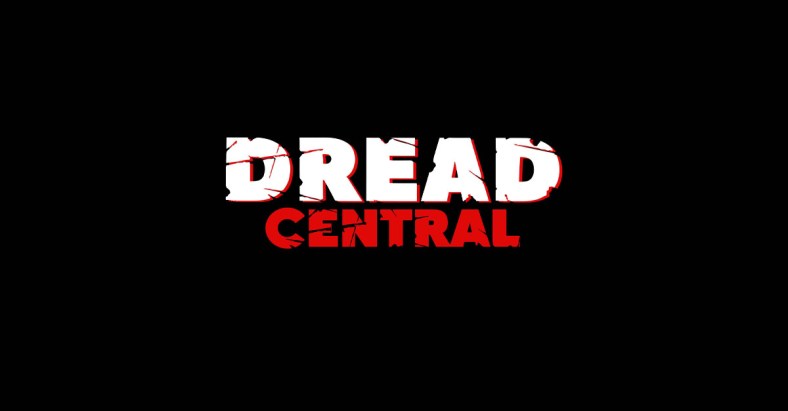
The Revenge of Frankenstein is one of the very finest entries into Hammer’s Gothic horror dynasty, and is one of four great films in their Frankenstein franchise. How many modern horror franchises can you say contain four great pieces of filmmaking? I bet you cannot name one.
Categorized:News Retrospectives

